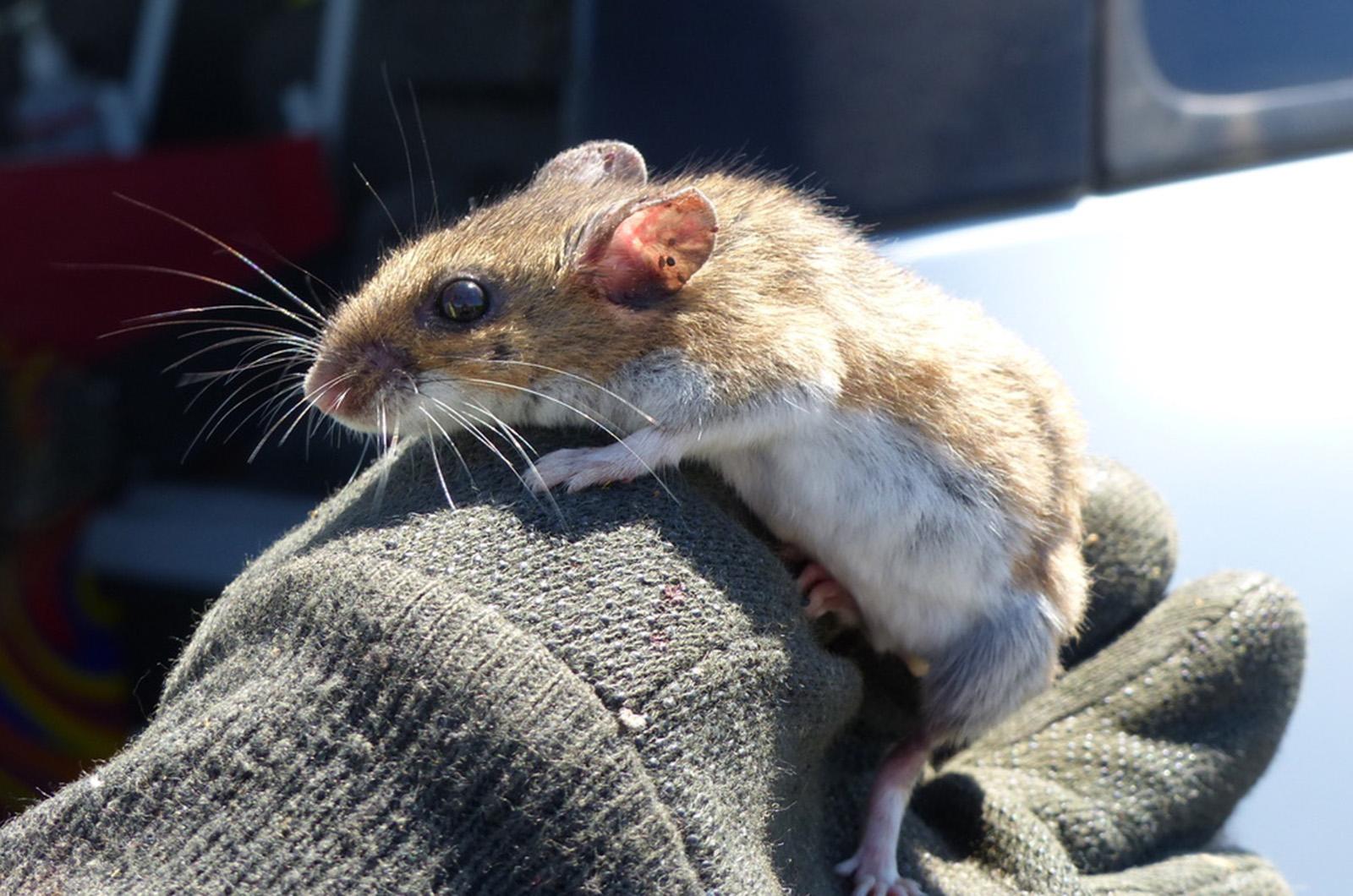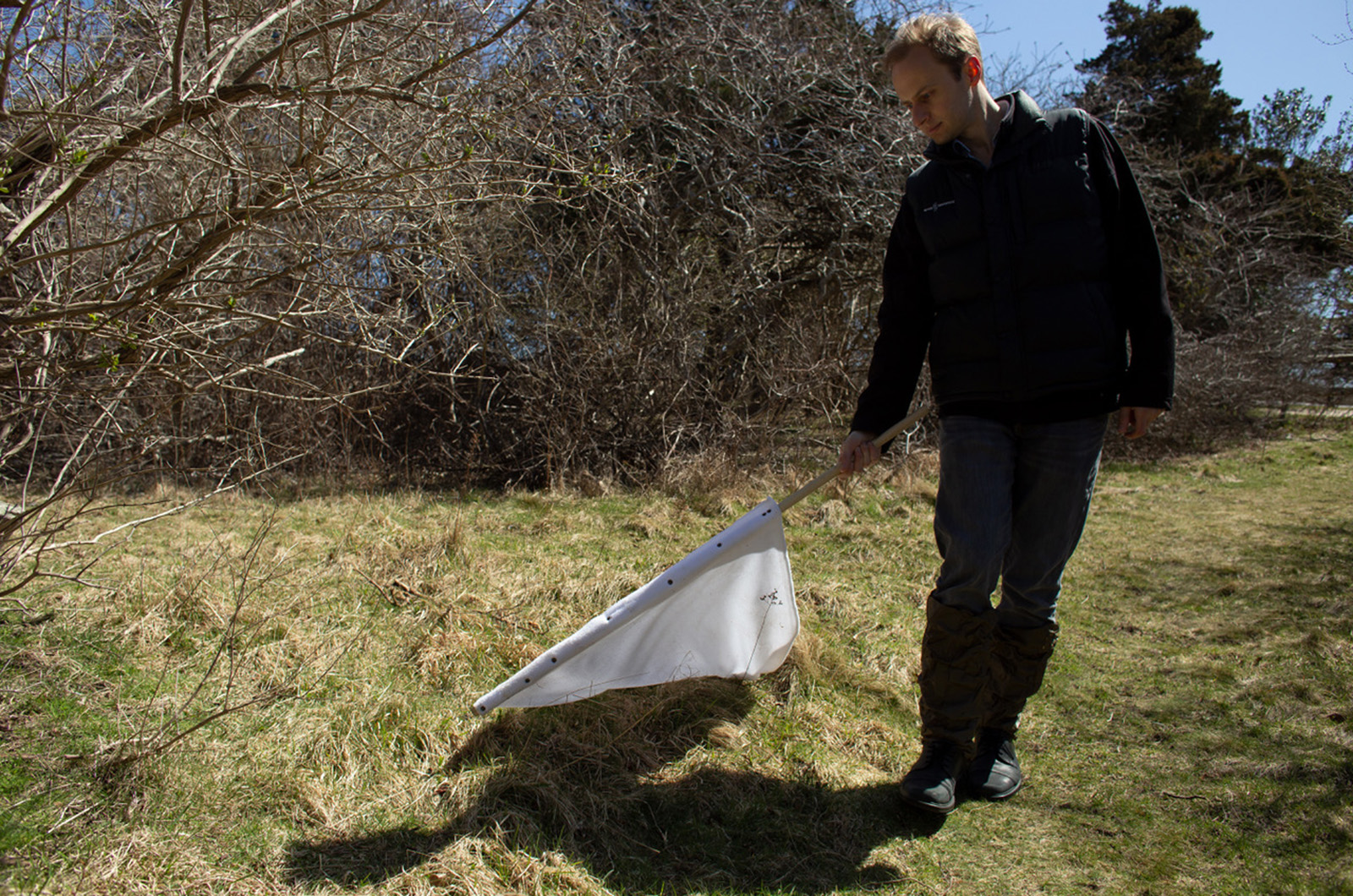After eight years of research, a new breakthrough in science has taken a big step forward in potentially stopping the transmission of Lyme disease between mice and ticks.
A team of researchers at MIT were recently successful in making lab mice immune to Lyme disease through gene editing. That immunity was passed down through six generations, a key step to helping slow the disease, which has raged on the Vineyard for years.
The breakthrough raises the possibility of doing an experiment on the Vineyard where immune mice would be released on the Island, though any chance of implementing this is still years away.
Scientist Kevin Esvelt raised the prospect of editing the genes of mice to halt the transmission of Lyme disease on the Vineyard and Nantucket in 2016. Deer ticks often pick up Lyme disease from the Island’s white-footed mice, and then pass that on to humans on subsequent bites.

Mr. Esvelt proposed releasing thousands of Lyme-immune white-footed mice onto the Vineyard and Nantucket, where they would spread their immunity through the population, cutting off the main source of Lyme.
The scientific ability to make mice and their subsequent offspring immune for several generations was initially expected to be a relatively quick scientific feat, said Jo Buchthal, the research director of the Mice Against Ticks project. But the goal took years to achieve due to a series of obstacles. The MIT team only received data that confirmed success with lab mice in the last few weeks.
“This is a major milestone for the project,” Ms. Buchthal said. “Now it’s a matter of applying the techniques we’ve learned and the antibody we know protects the mice.”
The idea of making mice immune and potentially releasing them into the Island’s ecosystem has raised concerns, and the scientists said they are happy to make sure any test community is comfortable with the prospect.
During a meeting with Nantucket officials late last month, Mr. Esvelt, Ms. Buchthal and Sam Telford, a professor at Tufts University, said the proposed experiment is so novel that federal regulators would likely need to create a whole new permitting process to handle it.
Given the research needed to be done, the host of potential permitting authorities — from the local health departments all the way up to the FDA — and the need for community outreach, a project is several years away, if not longer.
“It is something for our children’s children,” Mr. Telford said.
The team is now working to engineer the immunity they were able to obtain in lab mice in brethren white-footed mice, which are found here in large numbers. Once that is achieved, the scientists would propose a field test on a small remote island. The hope is for somewhere smaller than the Vineyard and Nantucket, preferably an uninhabited isle off the New England coast.
At the field test stage, the scientists would hope to tease out if the new mice, which would be the same as other mice in the wild with the exception of being immune to Lyme disease, would have any effect on the ecosystem.
“Part of our job is to make a solution that people actually want to use,” Ms. Buchtal said.
Concerns over the health of snakes, owls and other animals that rely on mice would be investigated as part of such a study, according to Mr. Telford.
Patrick Roden-Reynolds, the Island’s tick biologist, echoed some of those concerns, but said this was an exciting starting point.
“It will be interesting to see how they continue to develop the project,” he said.
The scientists involved see the new methods of immunity not only as a potential big factor in the hopes of reducing Lyme disease rates, but as a template that could be used on other diseases across the globe.
“Now there is an engineering solution moving forward that can help communities tackle disease in a way that has never before been possible,” Ms. Buchthal said.
In the meantime, Mr. Telford encouraged communities to not give up on other tried and true methods of avoiding Lyme. Culling deer is effective, as are protective measures, such as wearing permethrin treated clothing.
“People can’t sit back and wait for major discoveries or developments or the Lyme vaccine,” he said. “There are things they can do right now and should do right now.”








Comments (6)
Comments
Comment policy »